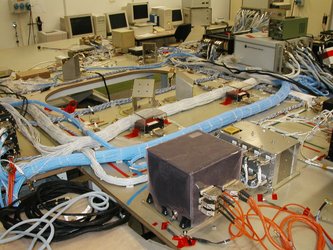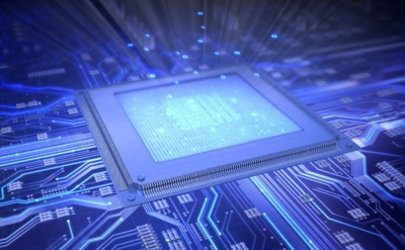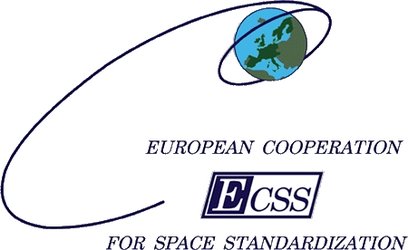ECSS standardization Background
The ECSS-E ST-50-14C defines analog interfaces, bi-level discrete interface and serial digital interface (16-bit). Considering the most recent sensor acquisition methodologies that are dominating the industrial world the space community should update the standard in order to include the recent and conceivable evolution of sensors acquisition systems (see Figure 1 for reference building blocks overall picture). Temperature Sensors (Thermistors and Thermocouple), Pressure sensors , Position Sensors (Encoders, Resolvers, contactless angular sensor based on Hall effect sensors), Accelerometers used in space applications have been acquired as analog signals up to now. A natural evolution is pushed by the need to increase the signal integrity and resolution of the transmitted signals, maintaining in any case very low power consumption (or even further decreasing it), and by the availability of miniaturised ASIC-sensors able to locally include the sensor biasing and signal conditioning/processing functionalities. Those capabilities make the need for the definition of standards for digital transmission of sensor data in spacecrafts very pressing. A series of TRP/GSTP activites have already performed an extensive trade-off of existing low speed digital networks, resulting in the proposed adoption, for future space use, of SPI and I2C as de facto standards for simple digital peripheral interconnects. The baseline scenario is that while SPI is the standard choice for intra-PCB and intra-box connections (e.g. cascading of ASICs, connection of memories…), I2C, due to its superior electrical robustness, shall be used as transducer network to connect simple digital only transducers.







